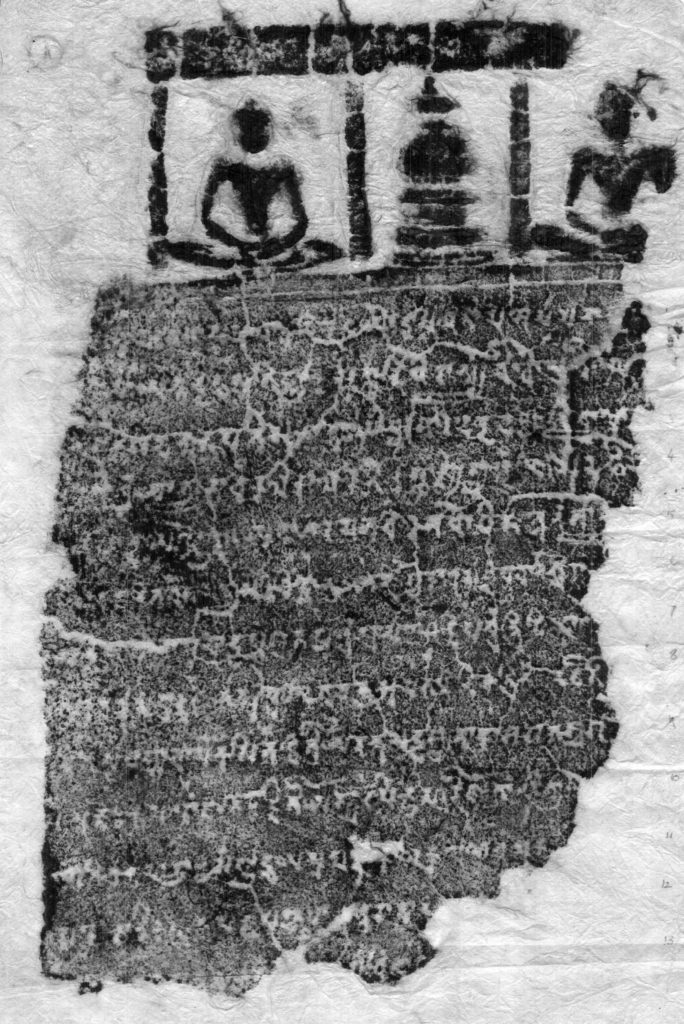図書館・研究所知と情報の集約
綜合仏教研究所
【開催案内】「古代ミャンマーPyu碑文群の解読と出版へ向けて」
来る2月15日に、綜合仏教研究所が共催となっております特別講演会を開催いたします。詳細は以下の通りです。
予約不要でどなたでもご参加いただけますので、ぜひご参加ください。
********************************
日時:2018/02/15 16:00 — 17:30
場所:綜合仏教研究所 研究室1
講師:Arlo Griffiths (École française d’Extrême-Orient, フランス国立極東学院 教授)
講題:“Towards the publication of a corpus of the Pyu inscriptions of ancient Burma and the decipherment of the Pyu language (Tibeto-Burman)”
(和題)古代ミャンマーPyu碑文群の解読と出版へ向けて
【概要】
The territory now known as Burma (Myanmar) was home in the first millennium to two distinct urban civilizations: one in Arakan, on the western coast, the other in the central dry-zone of the Irrawady river valley. Both of these were dominated by Buddhism, and both have left substantial historical records in the form of inscriptions. While the inscriptions of Arakan are mostly in Sanskrit and have been published to a large extent, the inscriptions of the second form the last virtually untouched corpus of Southeast Asian inscriptions.
Besides rare inscriptions in Sanskrit (in a North Indian form of Brāhmī script), and Pali (in South Indian Brāhmī), the major part of the corpus is formed by inscriptions in a language belonging to the Tibeto-Burman family. This language, as also the culture which produced these inscriptions, is conventionally called Pyu by modern scholars. It was written in its own characteristic form of Indic script whose closest Indian model seems to be the corpus of inscriptions of Nagarjunakonda (Andhra Pradesh), dating to the 3rd and 4th centuries. This suggests that Pyu might be among the oldest attested Tibeto-Burman languages. The script shows several innovative features whose interpretation has not yet been settled. So far, the language has been approached almost exclusively on the basis of one quadrilingual (Burmese-Mon-Pali-Pyu) inscription, while dozens of others, including a bilingual text (Sanskrit with Pyu glosses), remain unstudied.
My research on the Pyu corpus, undertaken in collaboration with linguists Julian K. Wheatley and Marc Miyake, aims to establish an up-to-date inventory of the Pyu corpus; to gather high-resolution images for each entry; to produce exact transliterations of all inscriptions; on this basis to make contributions to the decipherment of the Pyu language; and, ultimately, to cast light on the history of Buddhist culture in the Eastern sector of the Bay of Bengal. This lecture will start with an overview of archaeological remains from Pyu sites of first-millennium Burma, and then present the status of our research today.



************************
共催:大正大学学術研究助成金「インド密教におけるヨーガの研究」(代表:種村隆元 本学准教授)、科研基盤研究(B)一般 課題番号:26284008「密教思想と他の仏教思想との関係性〜ヴィクラマシーラ寺院の学僧の著作群を中心に〜」(代表:久間泰賢 三重大学人文学部准教授)、大正大学綜合仏教研究所
